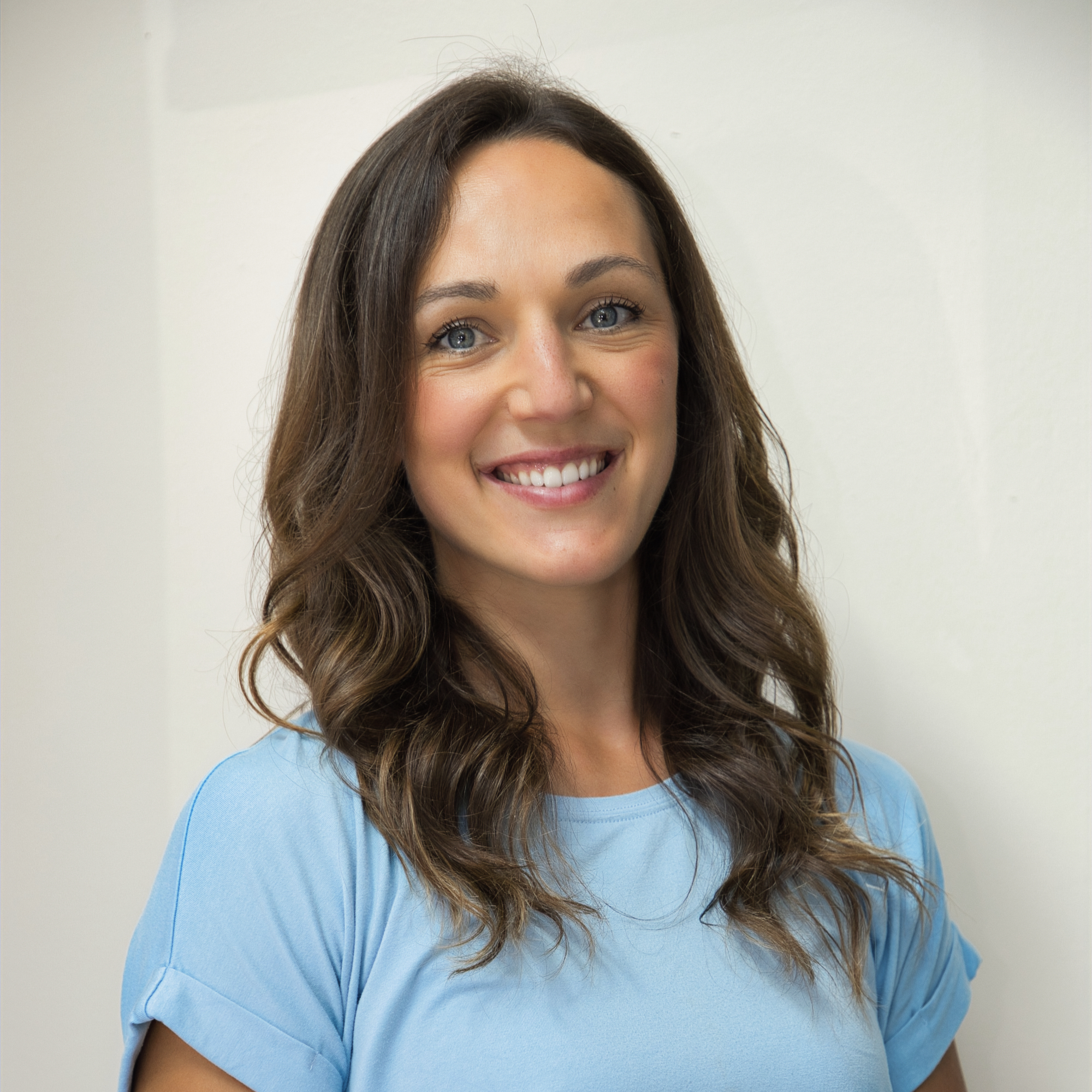The Athletes' Guide to Concussion: Part 3
- Sasha Guay

- Oct 10
- 4 min read
Updated: Nov 9
Welcome back to the final part of our concussion guide! In this part, we’re breaking down what to do immediately after a concussion occurs — from recognizing red flags and making sideline decisions, to understanding when it’s safe to return to play. Looking out for symptoms and responding quickly can make all the difference in recovery outcomes and long-term health.
Watch the video or read below to learn about concussion management and how physiotherapy supports safe recovery and return to sport!
Sideline Management of a Concussion
Do NOT return to play the day of the injury
Monitor for a few hours after injury
Avoid use of medication to prevent masking of symptoms
Do not sleep for at least 3 hours following - monitor for decline, but no need to wake up throughout the night
Address first-aid issues first and rule out serious medical conditions
Neck, neurological, severe brain injury, fractures, etc.
Licensed healthcare provider/physician can assess the potential concussion using the SCAT-6
Not required
If ANY signs or symptoms are present, concussion should be suspected until proven otherwise
Recovery time is SHORTER and symptoms are LESS significant in those removed from play
Note: many concussion symptoms overlap with other causes
No two concussions are the same: history of concussion does not dictate what a second concussion will look or feel like
WHEN IN DOUBT, SIT THEM OUT
Red Flags 2-3 Hours After Impact -> Refer to Emergency Room
Severe or worsening headache
Seizures
Weakness in a limb
Vomiting
Decreasing alertness
Changes in vision
Tingling or numbness
Difficulty speaking or understanding speech
Difficulty swallowing
Difficulty writing or reading
Loss of fine motor skills - tremors
Loss of coordination
Loss of balance/unsteady
Decreasing level of consciousness >2hrs after injury
Fluid leaking from ears. bruising behind ears, 2 black eyes
Inability to remember more than 30 minutes before the injury
SCAT6: Sport Concussion Assessment Tool - 6th Edition
Used with ages 13+, 12 and younger use Child SCAT6
More effective with baseline testing but not required
Not to be used by itself to rule in/out concussion
Concussion may still exist if SCAT6 is normal
Results normalize 3-5 days post injury, so should not be used to determine return to play
Short Term Recovery
Brain energy levels recover in 22-30 days (physiological recovery)
Symptoms may resolve before this
About 85% of concussed high school athletes have no symptoms by 21 days
No symptoms does not mean there has been physiological recovery
May lead to early return to play, returning before brain energy levels recover = increased chance of greater brain injury and prolonged recovery
Symptoms alone are a poor indicator of recovery
When Can I Return to Play?
Normalization of objective testing
Balance, reaction time, cognitive ability, memory, visual processing, physical capacity, etc.
Assessed by licensed healthcare practitioner (ex. Physiotherapist)
Done by comparing post-concussive test results to baseline measures and/or symptom provocation during testing
What is PCS?
Symptoms that persist beyond 14 days in adults and 30 days in children that are no longer a result of the functional disturbance to the brain. They can be from a variety of other systems in our body that are dysfunctional following a concussion:
Blood flow abnormalities during exertion/physical activity
Eye movements/reflexes
Neck
Metabolic/hormonal/inflammatory
Psychological
Role of Physiotherapy
Education on various potential causes of symptoms and symptom management
Talk about use of sunglasses, blue light, screen protectors, etc
Determine causes of continued, persistent symptoms
Exertional testing
Neck, vision, vestibular system testing
Guide return to school/work and play
Provide exercises to improve symptoms
Physical/cardiovascular symptoms
Neck exercises
Vision training
Balance training
Etc...
Rule out causes of symptoms that would warrant a referral back to your doctor (i.e fracture, spinal cord injury, etc)
Get you safely back to sport!
What is the plan moving forward?
We will continually reassess symptoms to individualize the treatment moving forward
3 appointments following the assessment will test various causes of concussive symptoms:
1. Buffalo Concussion Treadmill test – assess the body’s response to a gradual increase of physical demand through a graded walking treadmill test
2. Vestibular/Ocular-Motor Screening (VOMS) – assess if there are any abnormal findings or provocation of symptoms with eye movements / reflexes
3. Neck Screening – review range of motion, joint mobility, muscle tone, etc in the neck to see if any symptoms could be caused from the neck joints or musculature
If return to contact sport is the goal, we will clear for contact through the ‘Chicago Blackhawks Concussion Test’ which will put you through interval type physical testing to maximally exert your cardiovascular system
3 Things to Reduce Risk of Sustaining a Concussion
Be an aware, skilled player
Optimize your endurance
Advocate for and adhere to rules of the game
3 Things to Optimize Recovery and Management of a Concussion
Seek Help as Soon as Possible: best predictor for shortest recovery = seeing licensed healthcare provider for an assessment as soon as possible (<3 days), do NOT return to play
Be a Positive Change in Sport Culture: don't use terms like "getting your bell rung", take head injury seriously and support teammates going through concussion recovery
Stay Educated and Aware: recognize wide variety of concussion signs/symptoms, educate teammates
That wraps up our three-part Concussion Guide series! The key takeaway is that timely assessment and proper care lead to better outcomes. Concussions are serious, but with the right plan and professional guidance, athletes can return to school, work, and sport safely and confidently.
If you suspect you have a concussion, click below to book an appointment to help you recover fully and get back to performing at your best!



Comments